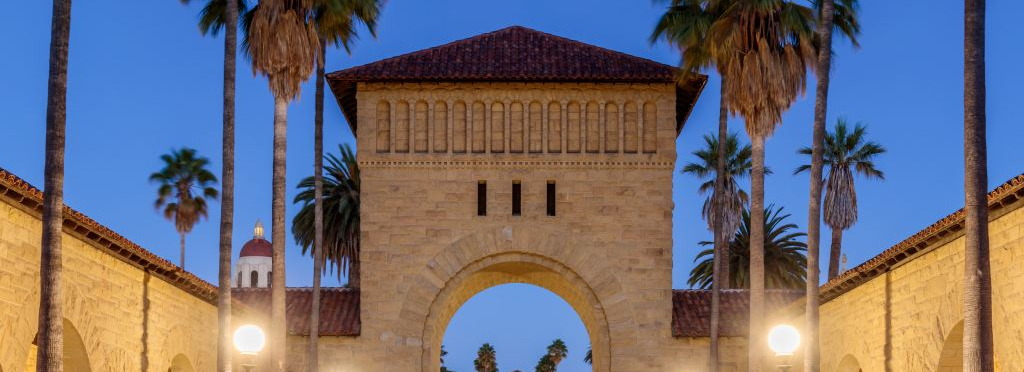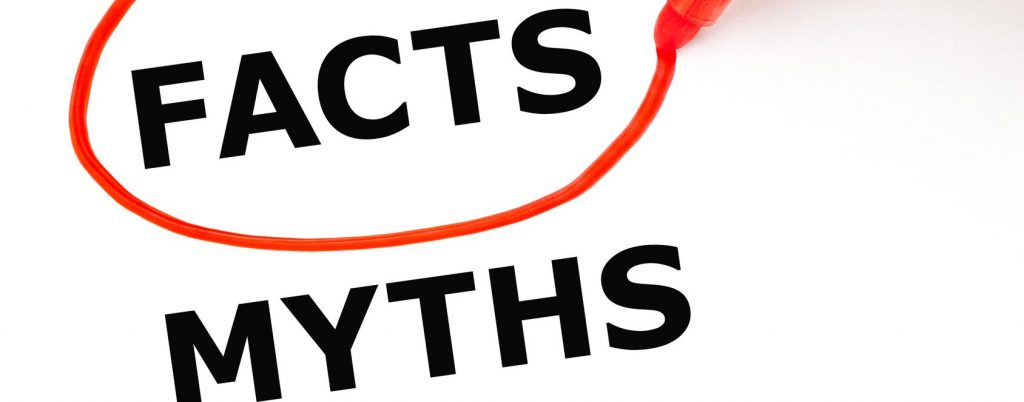If Stanford is one of your top-choice schools, you may be wondering how you can make your application stand out. Your responses to Stanford’s supplemental essay questions are a significant way to set yourself apart from other applicants. However, these essay prompts require you to be both concise and creative, which is not an easy task. Keep reading to learn more about Stanford’s supplemental essays for the 2025-26 admissions cycle and how to craft them.
How Much Do Stanford Essays Matter?
Writing a compelling personal statement as part of the Common Application is one way for the Stanford admissions committee to get to know you. However, the Stanford prompts go a bit deeper to find out more about who you are, what you hope to get out of the undergraduate experience, and what contributions you can make specifically to the Stanford community.
Do the Stanford essays matter that much? Think about it this way — other applicants may have comparable grades and test scores, so you need to have something in your application that makes you stand out. Submitting compelling and authentic college essays helps you do just that. However, you need to ensure you do effective research and truly know what Stanford University is like, so you can be specific and detailed in your responses.
How Many Supplementals Does Stanford Require?
Stanford has a total of eight supplements, which include three short essay questions of 100-250 words each and five short questions with a limit of 50 words each. You are required to complete all eight of them to be considered for admission.
If you’re wondering how to get into Stanford, focus on crafting responses to these essay questions that demonstrate your intellectual drive, personal growth, and interest in attending the university. Successful essays will give the admissions committee a fuller picture of you beyond your academic performance and activities list.
What Are the Stanford Supplemental Essays and How to Craft Them
According to Mike, IvyWise Master College Admissions Counselor and former Assistant Director of Admissions at Stanford, “If you look at the Stanford supplement questions, I think it gives you an idea of what they value.” This includes your impact in academics, how you will fit into the community, and the unique perspective you can contribute.
Your responses to each prompt should be unique and reveal something new about yourself that isn’t found elsewhere in your application — in other words, avoid repetition. Take each response seriously, but feel free to have fun with them, too. Your personality should shine through in each essay, so if you’re normally a funny person, feel free to add some humor. If you’re typically more sentimental, don’t be afraid to make your responses heartfelt.
Stanford’s essay topics are subject to change every year. Here are the prompts from the 2025-26 admissions cycle.
Prompt #1
The Stanford community is deeply curious and driven to learn in and out of the classroom. Reflect on an idea or experience that makes you genuinely excited about learning. (100-250 words)
This question is designed to help the admissions office understand the depth of your intellectual curiosity and your motivation for learning. When answering this question, focus on one subject or experience that inspires you to learn more and how you act on that inspiration. Keep it brief, but ensure the narrative structure demonstrates how well you will contribute to the academic environment at Stanford. Of course, each student’s response to this question will be unique, but this example may help you think about ways to craft your essay.
View Example
In 2022, a Cambridge researcher proposed that dyslexia is not a disorder, as the American Psychiatric Association claims, but a vital brain adaptation. This concept, known as “complementary cognition,” suggests that human beings evolved diverse cognitive skills to complement one another. Dyslexia, along with ADHD and dysgraphia, exemplifies the “exploratory” end of a cognitive spectrum, focused on innovation and idea generation. While all brains operate through neural networks—columns of neurons connected by axons—in dyslexic brains, these connections are spaced further apart and link to more distant regions. This unique wiring enables a trade-off: Step-by-step processing is exchanged for creative leaps. Our brains are structured to connect disparate ideas and find novel solutions.
As I’ve delved deeper into how dyslexic brains are vital to humanity’s progress, I’ve also encountered unsettling truths about systematic disenfranchisement. While only 20% of the general population is dyslexic, this group accounts for 60% of adolescents in juvenile detention and 50% of the prison population. This duality—the brilliance of dyslexic minds contrasted with the barriers they face—fuels my advocacy.
Through lectures and conversations at a neurodiversity club at my old elementary school and a specialized school for students with learning differences, I share my knowledge with a simple but vital message: Dyslexia is not a limitation. I emphasize the strengths of dyslexic minds, the importance of cognitive diversity, and our remarkable neurostructure. Every dyslexic—child, student, or adult—deserves to know they have a gift, not a disorder.
Prompt #2
Virtually all of Stanford’s undergraduates live on campus. Write a note to your future roommate that reveals something about you or that will help your roommate and us know you better. (100-250 words)
This prompt is meant to be creative and should read like you’re writing a letter or an email to a friend instead of the admissions committee. This is a great opportunity to really show off your personality and even be humorous. Just avoid the temptation to use vernacular language — grammatical correctness is still important! The following is a great example of how you might respond to this prompt.
View Example
Dear Future Roommate,
I look forward to meeting you! Something that you should know about me is that I’m really into baseball, math, music, and ceramics. But if you’re ever wondering what I’m spending so much time watching on YouTube, it’s most likely one of my favorite chefs, J. Kenji López-Alt, Ethan Chlebowski, or Claire Saffitz because I’m fascinated with refining my cooking technique. My most involved project to date was a bowl of ramen. I spent weeks researching its five components—soup, tare (seasoning), noodles, toppings, and aromatic oil—and how to make them from scratch. Fun fact: Ramen noodles differ from pasta in two ways. They are alkaline and lower hydration. To make them basic, use sodium carbonate, which can be derived from baking soda. Then, to make the dough cohesive despite its low hydration, put the mixture into a Ziploc bag and stomp on it. Sounds crazy, but it mimics the forces of industrial rollers. By the way, there is a really good ramen restaurant in Palo Alto called Ramen Nagi that friends and I tried last summer during SUMaC. We should go!
I’m also excited to discover the food culture on campus, including the Stanford farm, teaching kitchen, and classes like Global Gastronomies and Multicultural Cooking at the international dorm. Maybe we could check them out together. Do you like to cook? What are your favorite foods? I’d love to hear all about your hobbies over some good eats.
See you soon!
Your Future Roommate
Prompt #3
Please describe what aspects of your life experiences, interests and character would help you make a distinctive contribution as an undergraduate at Stanford University. (100-250 words)
This is a popular prompt used by many colleges and universities. You may be tempted to just copy and paste, which leads to one of the most common mistakes we see students make in their responses — forgetting to change the name of the school.
This is a great opportunity for you to focus on specific strengths or skills you can bring to the Stanford community, whether you’re good at organizing events, managing projects, leading groups, or something else. Check out this example for inspiration:
View Example
“Lie on the tent’s sides so the rain cover doesn’t fly away!” It was the first of three nights of our Duke of Edinburgh Silver Expedition in Germany’s Volcanic Eifel Mountains. Sheltering together with my group in our tents during the severe thunderstorm increased my respect for nature’s might.
Experiences like this, or going for runs in the rain, which I love, have ingrained a deep appreciation for the outdoors in me, not only motivating me to take a strong role in environmental preservation but also to spread the joy of nature. Navigating our Silver Expedition and leading my cross-country team and Wilderness International have been inspiring. Spending time in nature reduces stress, especially when with friends. It also often confronts us with challenges, helping us develop grit.
Joining the Stanford Outdoor Outreach Program to organize hiking expeditions for local high school students would allow me to spread these benefits and my love for the outdoors. I would also help Students for a Sustainable Stanford build a cleaner community through initiatives, such as shared airport shuttles.
In line with my Extended Essay winglet research, I completed an edX course on sustainable aviation, covering wing and fuselage configurations to reduce emissions. Stanford’s Aerospace Design Laboratory researches precisely these topics and draws me to Stanford, as does the ability to take classes in the Doerr School of Sustainability. My love for the outdoors catalyzes me to help my community think and act green and to couple sustainability with what I love: aircraft.
Prompt #4
What is the most significant challenge that society faces today? (50 words maximum)
This prompt asks you to think critically about the world around you and reflect on the issues that matter most. Stanford is looking for thoughtful, informed responses that reveal your awareness, empathy, and values.
We celebrate technological advances yet ignore the populations that lack basic human necessities. This neglect worsens global inequities, particularly those in healthcare, hindering global development. Recognizing health as a universal right and promoting equity-centered solutions allows us to take action to support humanity as a whole.
Prompt #5
How did you spend your last two summers? (50 words maximum)
This prompt gives Stanford insight into how you use your free time when school isn’t in session. It’s not about having the most prestigious internship or travel experience — it’s about showing how you engage with the world, pursue your interests, or take care of responsibilities.
2022: Studied climate change as a COSMOS student, backpacked in Yosemite, medaled at AAU Taekwondo Nationals, and sharpened my leadership through BSA’s National Advanced Youth Leadership Experience.
2023: Created hovercrafts and mock solar panels at Brown University, hiked Hawaii & Philmont Scout Ranch, performed for hundreds with breakdancing crew.
Prompt #6
What historical moment or event do you wish you could have witnessed? (50 words maximum)
This prompt is a chance to reveal your curiosity, values, and intellectual interests. Stanford wants to see how you connect with the past — not just what fascinates you, but why it resonates.
I would go back to the burning of the Library of Alexandria and, given I were able to intervene, attempt to prevent it (perhaps through advising Caesar on his flight!), as the knowledge contained within that was originally destroyed would be immensely valuable to both historical and contemporary scholarship.
Prompt #7
Briefly elaborate on one of your extracurricular activities, a job you hold, or responsibilities you have for your family. (50 words maximum)
This is an opportunity to go beyond the bullet points on your activities list and share the story behind one meaningful commitment. Focus on depth over breadth — choose something that reflects your values, growth, or impact.
Half-eaten homemade cookies, belly laughs to inside jokes, impromptu belting paired with improvised choreography, fashion runways on an unswept floor littered with glitter and dust; there is nothing like rehearsing for a show with a theatre ensemble. For the past six years, my castmates have been my second family.
Prompt #8
List five things that are important to you. (50 words maximum)
This may seem deceptively simple, but it offers a unique opportunity to showcase your personality, values, and interests in a concise and authentic way. Think of this list as a snapshot of your inner world.
- Fresh matcha from the newest shops.
- Noise-canceling headphones, accompanying me through NYC’s streets and underground.
- The smell of the salty ocean breeze when I travel home to see my parents.
- Learning out of true curiosity.
- Dystopian fiction, whether in movies, books, or games. Just like NYC, but even more brutal.
What Should You Definitely Not Include in Your Supplemental Essays?
When responding to the supplemental essay questions for Stanford, it’s important to present a positive, professional, and balanced tone. Avoid humor or language that may be offensive or inappropriate, and stay away from clichés, platitudes, or generic language that don’t provide unique insights into who you are as an individual. When writing about challenges you’ve faced, focus on solutions, personal growth, and resilience.
Use your essays to provide new insights and perspectives, not traditional answers. It’s also important to be yourself — not who you think the admissions committee wants you to be. Authenticity is key! That said, while some personal anecdotes can add depth to your essays, avoid including irrelevant personal details or stories that don’t contribute to your narrative.
Remember that the goal of supplemental essays is to provide the Stanford admissions committee with a better understanding of who you are, your values, and how you would contribute to their academic community. This is a competitive school with an acceptance rate of around 4%, so it’s important to be thoughtful, genuine, and focused when crafting your essays. Don’t forget to carefully review them for any inappropriate or irrelevant content before submission!
Need help from an expert? Consider college counseling to ensure you submit a successful application that tells your story in the most compelling way and helps you gain admission into your best-fit school.
Get Started



